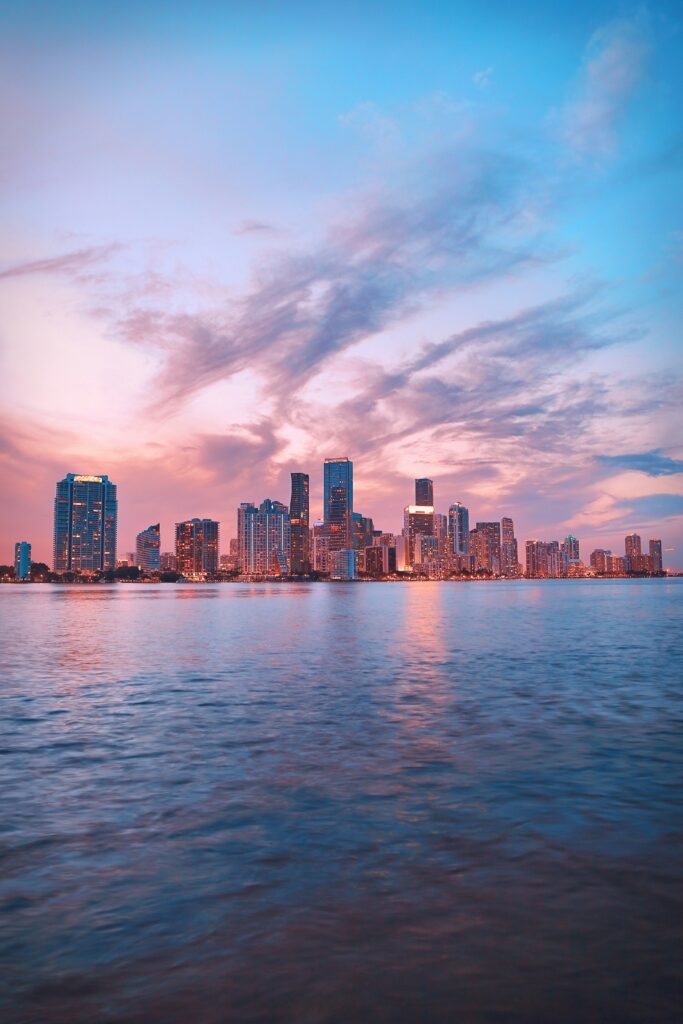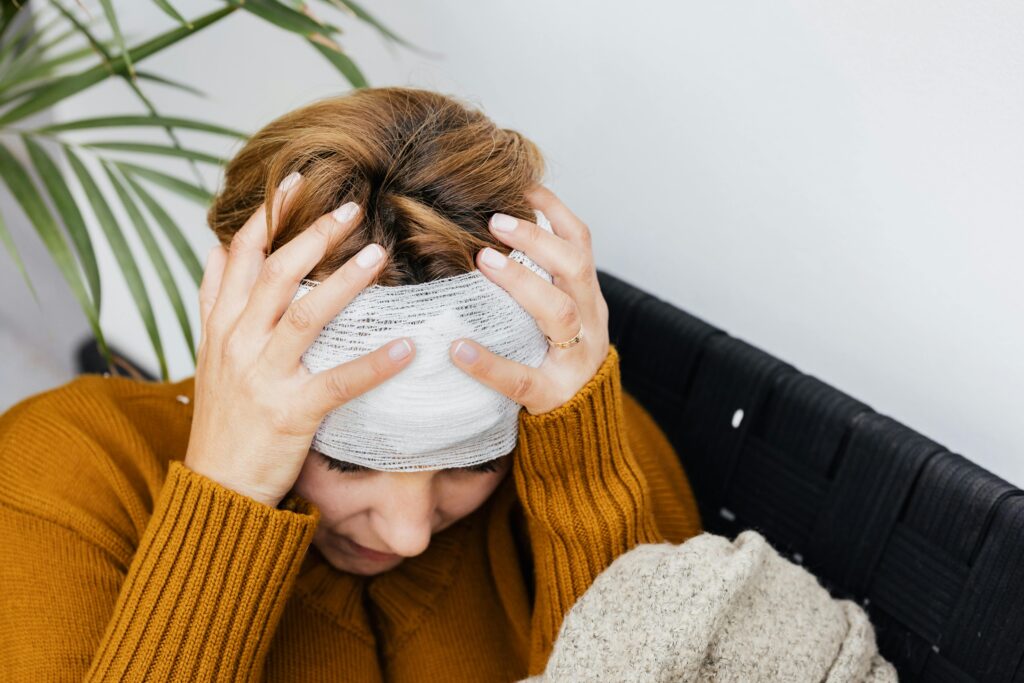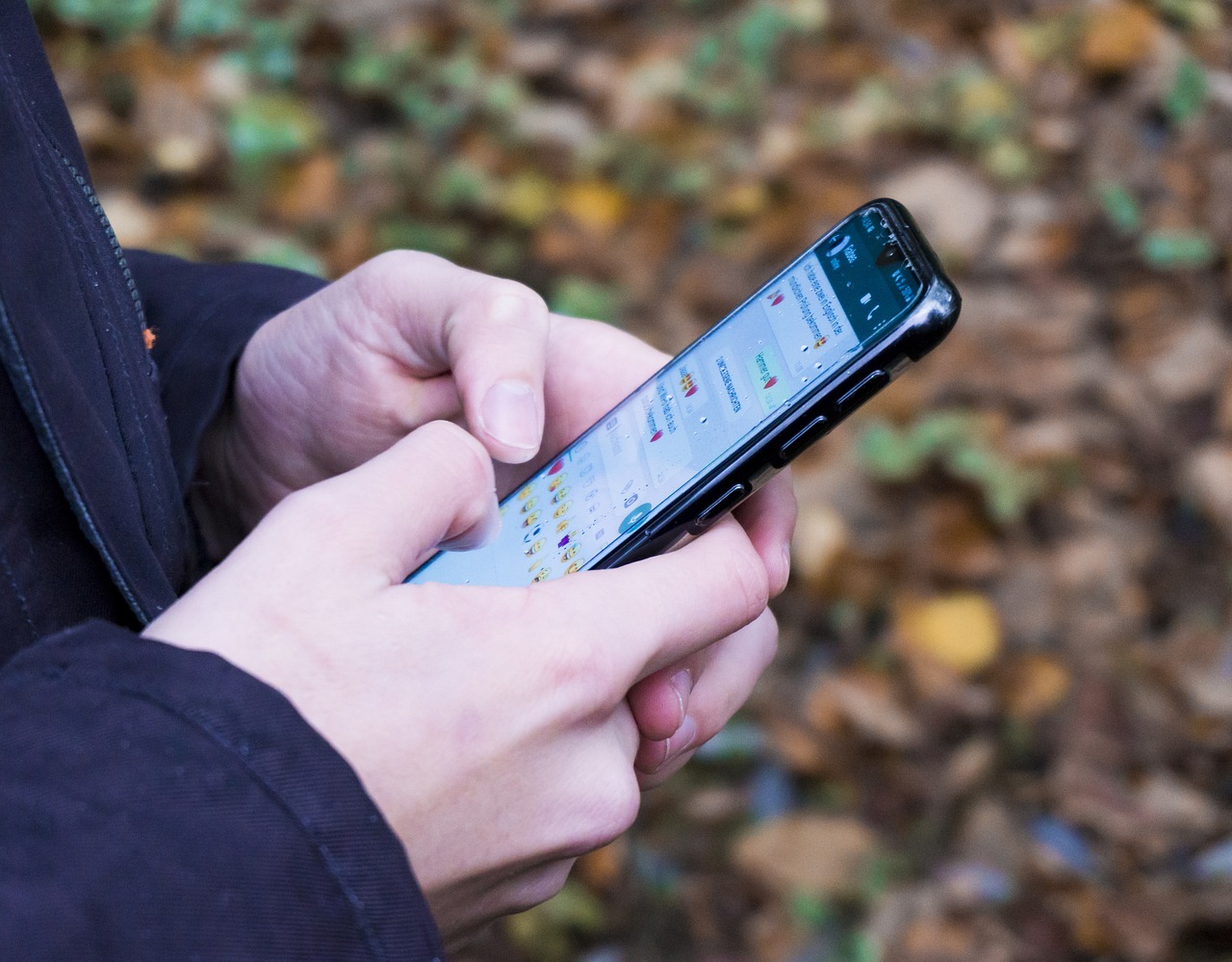Now Reading: When Pro-Privacy Attorneys Turn to Facial Recognition in Court
-
01
When Pro-Privacy Attorneys Turn to Facial Recognition in Court

When Pro-Privacy Attorneys Turn to Facial Recognition in Court
Facial recognition technology has been widely criticized for invading privacy, being inaccurate, and even contributing to wrongful arrests. But after working closely with the Israeli Public Defender’s Office, I realized the real story isn’t being told. So I spoke with attorneys who, despite their pro-privacy views, have chosen to use facial recognition in court. They shared insights from firsthand experience.
One of them is Attorney Dotan Danieli, who has run an independent criminal defense practice for 20 years, focusing on white-collar crime and serious offenses. In recent years, he has used facial recognition technology in collaboration with Israel’s Public Defender’s Office to help acquit defendants. I served as a facial recognition court expert on several cases Danieli handled.
Clearing the Wrongfully Accused
“I work with the Public Defender’s Office in Israel as an external attorney,” Danieli explains. “And through that role, I’ve handled quite a few cases where we used facial recognition technology to acquit defendants. The first case was in 2020.”
I asked Danieli to share a few cases.
“We had a case involving a minor who was accused of sexual offenses. The suspect’s face, as seen in the video from the crime scene, was extremely blurry. Still, the prosecution and the police claimed it was our client,” he says. “The Magistrate’s Court ignored the facial recognition expert opinion we submitted and convicted the minor. But on appeal, the District Court ruled that the suspect in the video could not be definitively identified and acquitted the defendant — relying in part on the expert opinion.”
In another case involving a stabbing, a witness identified the defendant after watching a video recording. “But the footage, taken from CCTV cameras at the crime scene, was low quality,” Danieli says. “An expert opinion based on facial recognition software helped us reduce the charge and reach a plea bargain.”
But What About Privacy?
Danieli makes it clear he considers himself pro-privacy. So how does that square with using facial recognition in defense work?
“There’s definitely a serious Big Brother problem with cameras spreading everywhere, and the police might be connected to those cameras and watching your every move,” he says. “But in cases where the defense uses facial recognition to clear someone — they’re working with material the police already presented. Then the defense has the right to respond. At that stage, there is no privacy violation, so privacy is no longer an issue.”
He adds, “The Israeli court has ruled that the defendant’s right to a fair trial outweighs a third party’s privacy rights. And those two arguments give us full legitimacy to use facial recognition to clear defendants in court.”
High Wrongful Conviction Rate
Some studies cited by the Innocence Project estimate that at least 4% of U.S. convictions are wrongful — with others putting it as high as 10%, mainly due to official misconduct, mistaken eyewitness identification, and false forensic evidence. Danieli addresses each of these contributing factors in the context of facial recognition.
Official Misconduct
“The police aren’t honest enough to admit when they used facial recognition and it showed either that it wasn’t the suspect or that the system couldn’t produce a reliable result,” he says. “They hide it and still go forward with prosecution. They’ll choose a human identifier, even when it’s pretty clear that facial recognition — which is much more accurate — would have ruled the person out.”
“How is it even possible,” he asks, “that the police hide the no-match result when they use facial recognition in cases with poor-quality images, and still proceed with prosecution? A lot of it is to make sure the defense doesn’t find out.”
Witness Bias
Danieli also highlights eyewitness issues. “Not all witnesses tell the truth. There are cognitive biases — well documented in research — that show witnesses fill in missing information inaccurately,” he says. “People tend to make mistakes, especially when they’re told ahead of time who the suspect is.”
“There’s also a tendency among witnesses to generalize based on ethnic groups. If the perpetrator was Black, and they’re shown a Black suspect, there’s a higher chance they’ll identify them positively just because they belong to the same demographic group.”
Facial recognition, he says, is typically used in cases where the prosecution presents an eyewitness identification, and the client claims, “It’s not me.” In those situations, “facial recognition becomes a must. When it’s your word against theirs, you need a tiebreaker.”
“We want to neutralize the judge’s fear — a judge who’s relying on uncertain identification,” he says. “That’s where an expert opinion is essential.”
He clarifies that facial recognition is only used when the accusation is based on a mistaken identity from a video or image — especially when the footage quality is low and the prosecution is relying on visual ID. “The key problem that facial recognition solves is reducing the weight of flawed human identification. It undermines biased identifications.”
He also points to false self-identification during investigations. “You might be surprised, but there are quite a few cases where people confess to seeing themselves — and they’re wrong.”
Facial Recognition Accuracy
As for the tech’s accuracy, Danieli is very clear: “Today’s technology is extremely accurate. It’s used at Ben Gurion Airport, and in biometric passports all over the world.”
Indeed, according to a NIST-led study published back in 2018 in the Proceedings of the National Academy of Sciences (PNAS), leading facial recognition algorithms easily outperform humans in identifying faces.
The study also found that it would take a group of ten forensic examiners working together to match the accuracy of a top-performing facial recognition system. Needless to say, forensic examiners don’t come in groups of ten — and even if they did, their analysis would take days or weeks, compared to the seconds or minutes required by a facial recognition software.
Danieli agrees. “Forensic identification based on physical marks or facial features is inherently limited — there’s no absolute certainty. When a forensic examiner says two faces are similar and there’s no counterevidence, it’s hard to fight it. Facial recognition gives you that opening.”
A Critical Role in Justice
Facial recognition, he says, can shape how a case unfolds. “It plays a critical role, especially when people are in detention and legal proceedings drag on. Before the identifying witness even testifies, the court might already be convinced. But if a facial recognition expert opinion is submitted, the other side hears it — and it has influence. It helps reach plea bargains, or even full acquittals. People often spend more time in custody than the sentence they’d eventually receive, just because the process is so slow.”
“When there’s a favourable expert opinion, the prosecution has no real tools to counter it. That’s the main use of facial recognition: preventing wrongful convictions.”
He emphasizes that expert opinions must come from professionals with integrity. “You need honest people writing these opinions,” he says. “Otherwise, the police can use them to secure wrongful convictions — some people have agendas.”
He warns against relying solely on facial recognition for convictions, especially with deepfake risks. “It all comes down to image quality. If the photo is clear, there’s no need for analysis — everyone can see it. But when the image is poor, facial recognition helps rule someone out.”
A Landmark Case Over an Iconic Israeli Photograph
In other cases, the challenge isn’t to disprove a wrongful identification — but to establish a correct one. That was the heart of the 2024 case handled by attorney Shlomi Ben-Sabo (L.L.M), a civil litigator and certified arbitrator who heads a boutique firm specializing in civil, commercial, and tort law.
The case centered on one of the most iconic images in Israeli history: The Photograph of Paratroopers at the Western Wall, taken during its liberation in the Six-Day War of 1967 by the late photojournalist David Rubinger. Nearly sixty years after it was captured, a family came forward claiming that the paratrooper long believed to be on the left was not Ben-Sabo’s client — but their late father. Ben-Sabo hired me to write an expert opinion for this case, based on my company’s facial recognition technology.
“The court was asked to determine the true identity of the leftmost paratrooper in the photo,” Ben-Sabo says. To resolve the question, he turned to facial recognition technology.

Paratroopers at the Western Wall, by David Rubinger
“Several leading facial recognition companies were brought in to analyze the photo and compare it to known images of the paratroopers in question. Independently, three different systems — including one from an unaffiliated third party — reached the same conclusion: over 90% certainty that the paratrooper was indeed Zion Karasenti, my client. In contrast, the image of the contender, the late Avraham Bernstein, scored just 15–20% — well below the threshold for a match.”
Clear-Cut Identification
The court received a comprehensive facial recognition expert opinion detailing the methodology and findings, and the expert who conducted the analysis testified in person. “His conclusions were not disproved,” Ben-Sabo notes.
He emphasized the strength of the technology: “The need for a clear-cut identification based on hard facts — about 60 years after the photo was taken — demonstrated that the ability to analyze images using traditional forensic methods is clearly inferior to the ability to analyze face images using facial recognition software. It filters out irrelevant noise — dirt, mud, shadows, wartime distortions — and can operate even when the subject’s face is partially covered, facial features are incomplete, or the image is old. The system focuses on structure, not guesswork.”
Ben-Sabo adds, “While facial recognition has been used in criminal defense for several years in Israel, it remains rare in civil proceedings. The court initially hesitated to treat the expert opinion as definitive, but ultimately could not ignore it — especially given that the opposing forensic report was rejected in its entirety and even criticized by the judge.”
Legal Turning Point
Attempts by the opposing side to challenge the findings with academic experts were unsuccessful. “Though the court stopped short of basing its ruling solely on the facial recognition findings, it cited the results in both the verdict and transcript,” Ben-Sabo says. “That marks a meaningful shift in how such tools may be treated going forward.”
“This is a legal turning point. It opens the door for using facial recognition in civil disputes where identity is in question. We’re not talking about speculation — we’re talking about clear, data-backed results.”
Still, the court decided not to decide — and ultimately issued no ruling on the paratrooper’s identity. Ben-Sabo acknowledges, “As I explained, the court tends to follow a conservative school of thought when it comes to technological innovation — especially in lower courts. But it’s clear that the judges did not ignore the facial recognition findings.”
Has Privacy Been Forgotten?
I asked Ben-Sabo how the use of facial recognition software aligns with his long-standing commitment to civil liberties and privacy.
“This case revolved around the identity of two respected paratroopers, and the raw evidence we used was the same as in traditional forensic methods. So in this case, there was no privacy issue,” he says.
“We have to admit that the facial recognition results were overwhelming. When three separate systems reach the same conclusion, it’s only a matter of time before courts not only allow this type of evidence — but demand it.”
Still, he’s cautious about the broader implications. “Facial recognition technology is here, and it’s powerful. But it must be used responsibly, with proper legislative boundaries to protect privacy and prevent misuse.”
A Tool for Justice
Facial recognition has started playing an important role in court — not by incriminating, but by clearing the innocent and offering a more accurate alternative to traditional forensic methods. As more courts begin to recognize that facial recognition is a tool, not a verdict, its value in promoting justice is only likely to grow.
Author:
Moshe Greenshpan, Founder and CEO of Face-Six, a leading facial recognition company.










